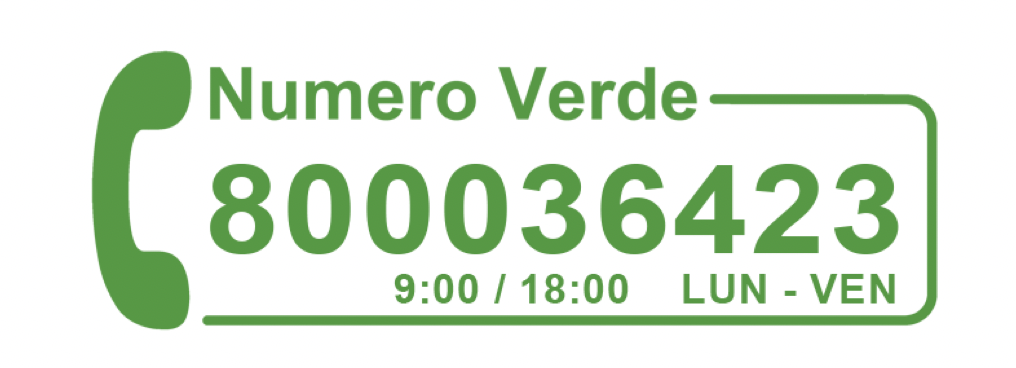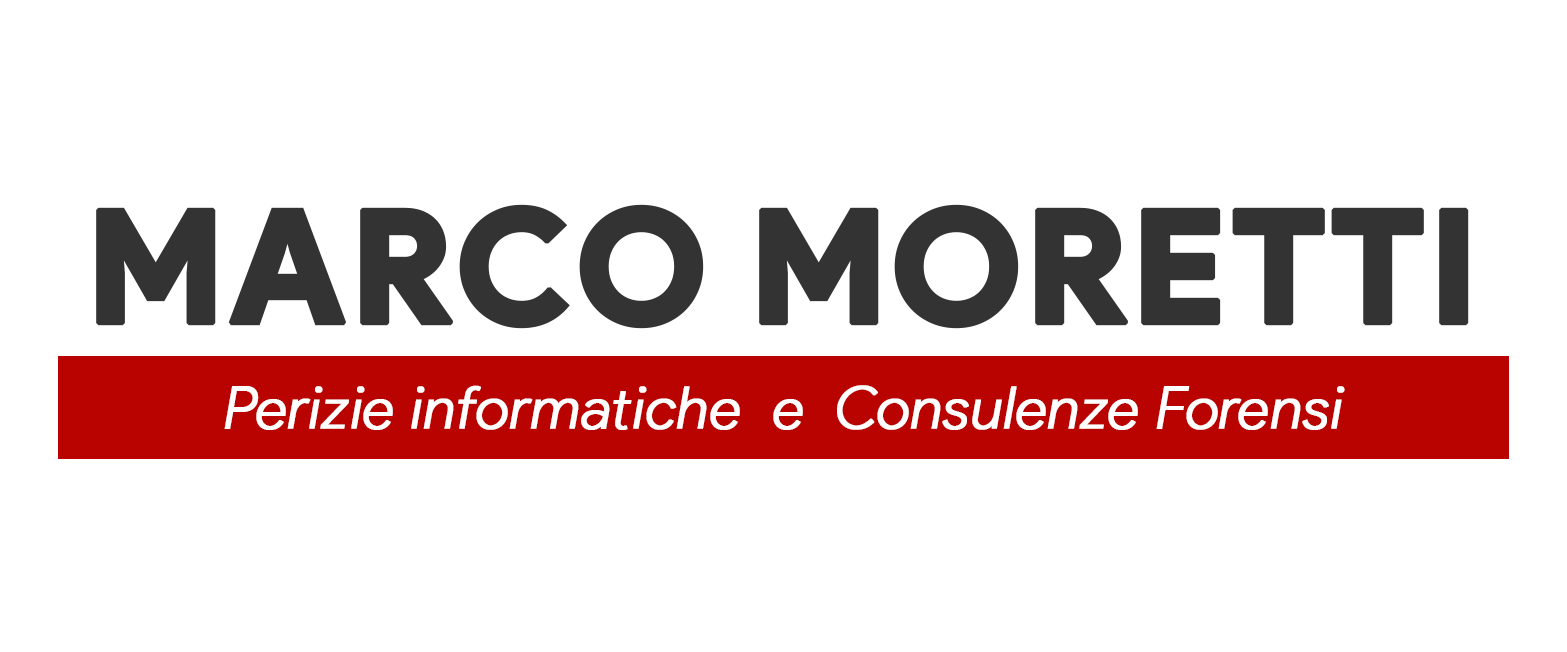NIS2 Cybersecurity Legislative Decree No. 138, Directive (EU) 2022/2555
Legislative Decree No. 138, which implements Directive (EU) 2022/2555, known as NIS 2, has been officially published in the Official Gazette of October 1, 2024, and will come into force on October 16, 2024.
The NIS2 Directive replaces the previous NIS Directive, aims to improve cybersecurity measures across all critical sectors, including energy, healthcare, and digital infrastructure, and establishes, in brief, that essential and important entities must adopt proportionate technical, operational, and organizational measures to manage risks related to the security of their information and network systems
The new provisions are primarily aimed at medium and large enterprises, with the goal of creating a uniform and robust regulatory framework for cyber risk management.
The NIS2 Directive, with its stringent security measures and reporting obligations, ensures that organizations are better prepared to defend against growing cyber threats, protecting sensitive data and vital infrastructure to ensure compliance and effectively protect your information systems.
Applying the PDCA cycle management and logic:
PLAN
- the definition, formalization, and sharing of responsibilities make processes transparent, reducing misunderstandings and errors;
- the inclusion of risk analysis and mitigation plans is fundamental for identifying, evaluating, and managing security risks in a structured and documented manner;
- documentation forms the basis for training organization staff at various levels on information security topics.
DO
- policies and procedures enable sharing of measures to be adopted in normal situations;
- the ability to anticipate and identify anomalous or emergency situations, thanks to documentation, reduces the probability that such situations will go unrecognized and unmanaged;
- the incident response plan provides procedures and guidelines to follow in case of actual or potential information security incidents.
CHECK
- the existing documentation system serves as criteria during audits and inspections.
ACT
- a rigorous documentation system is well-suited for identifying and implementing improvement actions aimed at increasing the efficiency of controls.
Contact me to manage an analysis consultation of your company infrastructure or book an appointment
booking link and/or toll-free number 


